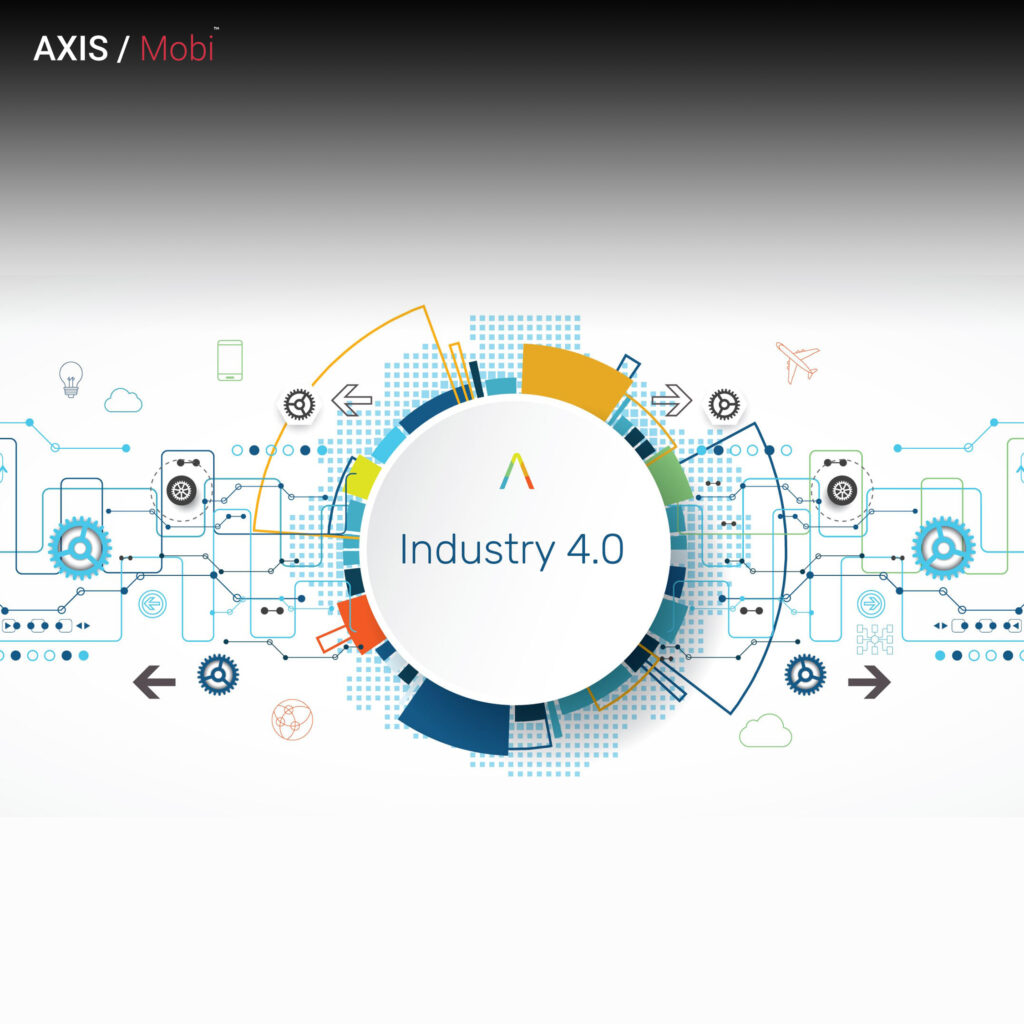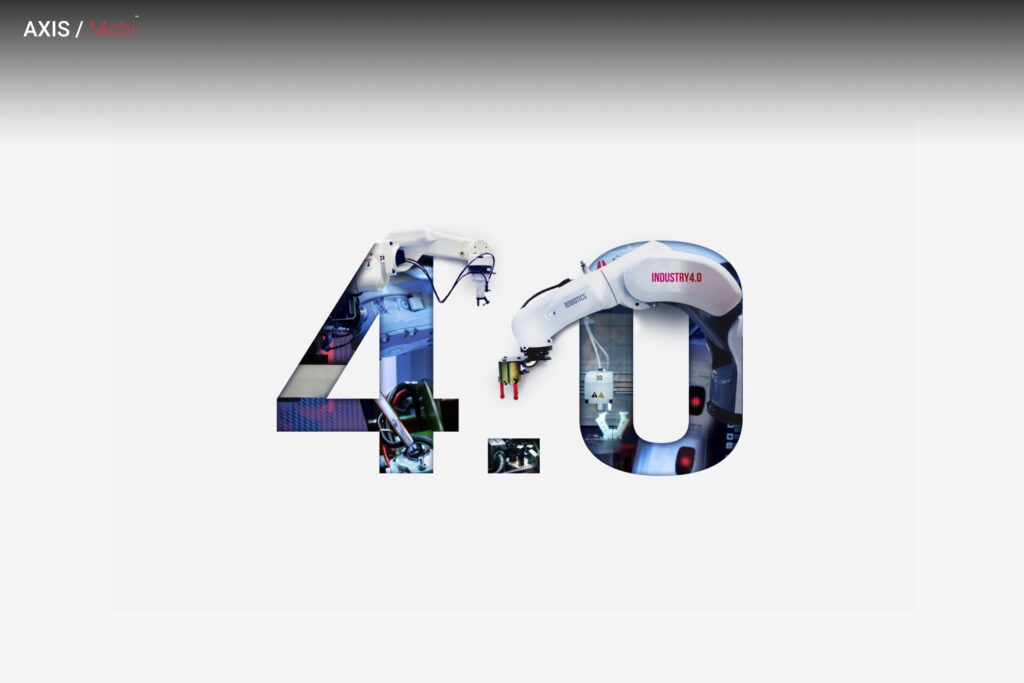We are living at the beginning of a new technological revolution around Industry 4.0 technologies such as artificial intelligence (AI), robotics, and the Internet of Things (IoT).
Industry 4.0 refers to “smart” and connected production systems that sense, predict, and interact with the physical world to make real-time decisions that support production.
Developing countries must diversify their manufacturing into more technologically advanced sectors.
Rapid technological change has the potential to accelerate progress while also leaving many people behind. Since the Industrial Revolution, every wave of technological progress has been associated with more significant inequalities between countries. There was a slight income disparity between countries before the 1800s; today, the average gap in per capita income between developed and developing countries is more than $40,000.
What impact would Industry 4.0 have? Would it help or hinder developing countries’ industrialization? Would it lessen or exacerbate inequalities?
What exactly is Industry 4.0?

Industry 4.0 refers to “smart” and connected production systems designed to sense, predict, and interact with the physical world to make real-time production decisions. It can boost productivity, energy efficiency, and sustainability in manufacturing. It increases productivity by lowering downtime and maintenance expenses.
According to estimates, production line availability will increase by 5 to 15%. Through optimization, it can also provide opportunities for energy savings and sustainability. In one case study of a multinational in the plastics sector, Fourth Industrial Revolution, using energy sensors reduced power consumption in one of its plants by around 40%, saving over $200,000 in energy per year. Only a few countries, however, develop and trade Industry 4.0 technologies.
So far, the United States and China have the most publications and patents. They also have the world’s largest digital platforms, half of the world’s hyper-scale data centres, the highest rates of 5G adoption, 94% of all AI start-up funding in the last five years, and 70% of the world’s top AI researchers.
Another critical component of Industry 4.0 is high-tech manufacturing and research and development capacity, increasing opportunities for firms in developed countries to gain a competitive advantage. European firms, for example, have made significant investments in IoT. They account for roughly three-quarters of all IoT spending, along with China and the United States.
What impact would Industry 4.0 have on inequalities?

Jobs, wages, and profits are all affected by technological change. New technology, in the case of Industry 4.0, primarily increases productivity.
Companies become more competitive and more likely to hire higher-skilled workers in better jobs as they become more productive. Countries implementing Industry 4.0 may increase productivity, competitiveness, and wages.
At the same time, Industry 4.0 presents some unique challenges. Many studies, for example, predict that AI and automation will significantly lose jobs in the economy. However, they fail to recognize that not all tasks are automated and that, more importantly, new products, charges, and professions are created across the economy. Industry 4.0 in manufacturing has the potential to increase productivity significantly, but most firms in developing countries are still a long way from implementing it.
Using Industry 4.0 to promote inclusive development:

Developing countries cannot widely deploy the Fourth Industrial Revolution if their manufacturing is inadequate. They must diversify their output into more technologically advanced sectors.
The government is essential in promoting potential sectors, strengthening innovation systems, ensuring coherence between STI (science, technology, and information) policies and other social and economic policies, and ensuring a participatory approach. Governments should also encourage affordable, high-quality Internet access and the development of digital skills in the business sector, including SMEs. They should also create the conditions for implementing Industry 4.0 in manufacturing.
These include developing national strategies to guide the coordinated deployment of Industry 4.0, establishing a multistakeholder mechanism to institutionalize a participatory approach to fostering Industry 4.0, and promoting international cooperation to accelerate the transfer of technology and know-how.
To encourage the adoption of Industry 4.0, governments should raise private sector awareness, encourage investments, and make financing for Industry 4.0 deployment easier. Policymakers should also monitor trade patterns and global value chain changes in developing countries to see how they affect their workforce. Workers who cannot be trained or retrained and are laid off should rely on more robust social protection mechanisms.
International collaboration plays a critical role.

The international community should unite to assist countries in harnessing this new technological wave. The risk is that the gaps in previous technological revolutions will be repeated.
Five critical areas in this regard are:
1. Exchanging knowledge and information, as well as conducting research
2. Assisting in the development of policies, strategies, and initiatives;
3. Assisting in the capacity building of all actors in the national innovation system for Industry 4.0;
4. Promoting technology transfer through new innovative partnership approaches that address market, innovation, and capability failures;
5. Assist in developing legal frameworks, guidelines, norms, and standards.
The United Nations Commission on Science and Technology for Development provides a platform for member states to explore ways to strengthen and better coordinate STI-focused international cooperation in the spirit of multilateralism to harness Industry 4.0 technologies and innovation for all.
Frequently Asked Questions (FAQs)
-
How can Industry 4.0 benefit developing countries?
Industry 4.0 can enhance productivity, competitiveness, and wages. However, it requires diversification of manufacturing into more technologically advanced sectors.
-
What role does the government play in Industry 4.0 adoption?
Governments are crucial in promoting sectors, strengthening innovation systems, and creating conditions for Industry 4.0 implementation. They should also encourage affordable internet access and digital skills development.
-
How can the international community assist developing countries in adopting Industry 4.0?
Collaboration is key. The international community can exchange knowledge, assist in policy development, build capacity, promote technology transfer, and help develop legal frameworks through organizations like the United Nations Commission on Science and Technology for Development.





Pingback: What exactly is ‘Industry 4.0,’ and...